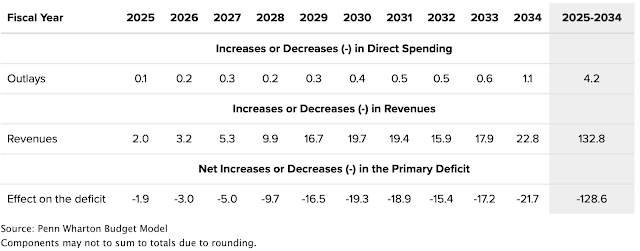As we advance in the 21st century, there is a growth in technological advancement and societal change. Having current and future workers trained in various fields to help towards a better and brighter future are integral. This is especially true for the field of STEM: science, technology, engineering, and mathematics. These four disciplines will drive new innovations to help solve major challenges that we face. Whether countries have the adequate STEM workforce to move forward is a debate.
The labor shortage that the United States is facing is going to have implications if not addressed. This is especially true in the STEM field. If a report from the National Science Foundation entitled The State of U.S. Science and Engineering 2022 is indicative of anything, it is that the United States is starting to fall behind in STEM. The United States is getting outpaced by China in terms of research papers published, patents produced, and graduating natural sciences PhD candidates. The issue with the STEM skills gap is not solely a problem in the United States. If there is indeed a shortage, then there has to a concerted effort to make sure that the gap shrinks over time. Why? An economy having enough STEM workers will be a major factor in whether a country can be a major player in the global economy this century.
One surefire way to help close the gap, especially in the short-term, is to increase immigration of STEM workers. This is not merely based in economic theory. As I pointed out in 2017, hiring STEM workers with the H1-B visa program increases patent production, economic growth, and helps increase employment of native workers. A 2021 policy brief from the Mercatus Center shows how restricting STEM visas results either in offshoring for large companies or increases costs for small businesses that do not incentivize them to hire native workers.
There is another advantage for allowing more STEM workers into the United States: it will help the federal budget. I have sounded the alarm on the rising federal debt, most recently when the United States had yet another credit downgrade this past summer due to profligate spending. The Wharton School of Business, the premier business school, brings good news from a budgetary estimate it released last month. Exempting immigrants with advanced STEM degrees would reduce deficits by $129 billion from 2025 to 2034.
Between 2035 and 2044, it would be an even higher $634 billion. Why should we care? That sounds like the government's problem, not ours. Here is the thing. An increasing debt-to-GDP ratio means that the government has to pay more on interest payments for the debt. Per a 2023 report from the Congressional Budget Office, that would likely result in "slow economic growth, push up interest payments to foreign holders of U.S. debt, heighten the risk of a financial crisis and make the U.S. fiscal position more vulnerable to an increase in interest rates." Improving budgetary prospects means fewer debt interest payments and more economic prosperity for the American people.
Lowering the debt-to-GDP ratio is yet another benefit of increasing immigration of STEM workers to the United States. As I brought up in December, more immigration improves macroeconomic growth, especially when this country is in the midst of a labor shortage both in the STEM field and the macroeconomy more generally. Contrary to the naysaying of nativists and other anti-immigration individuals, immigrants are not a drain on the economy. They are a net boon. The United States should not maintain restrictions on immigrants with advanced STEM degrees because it does so at its own peril.


No comments:
Post a Comment